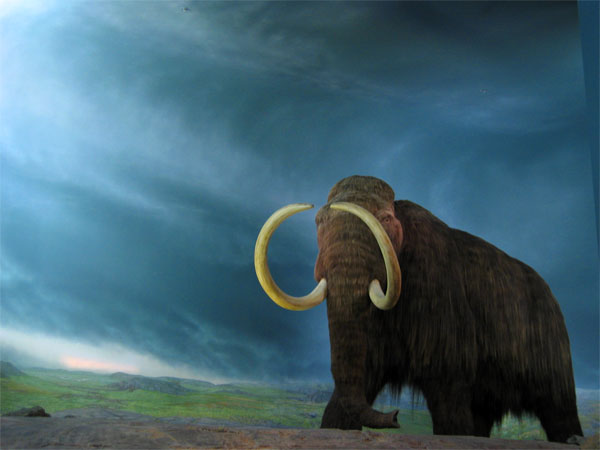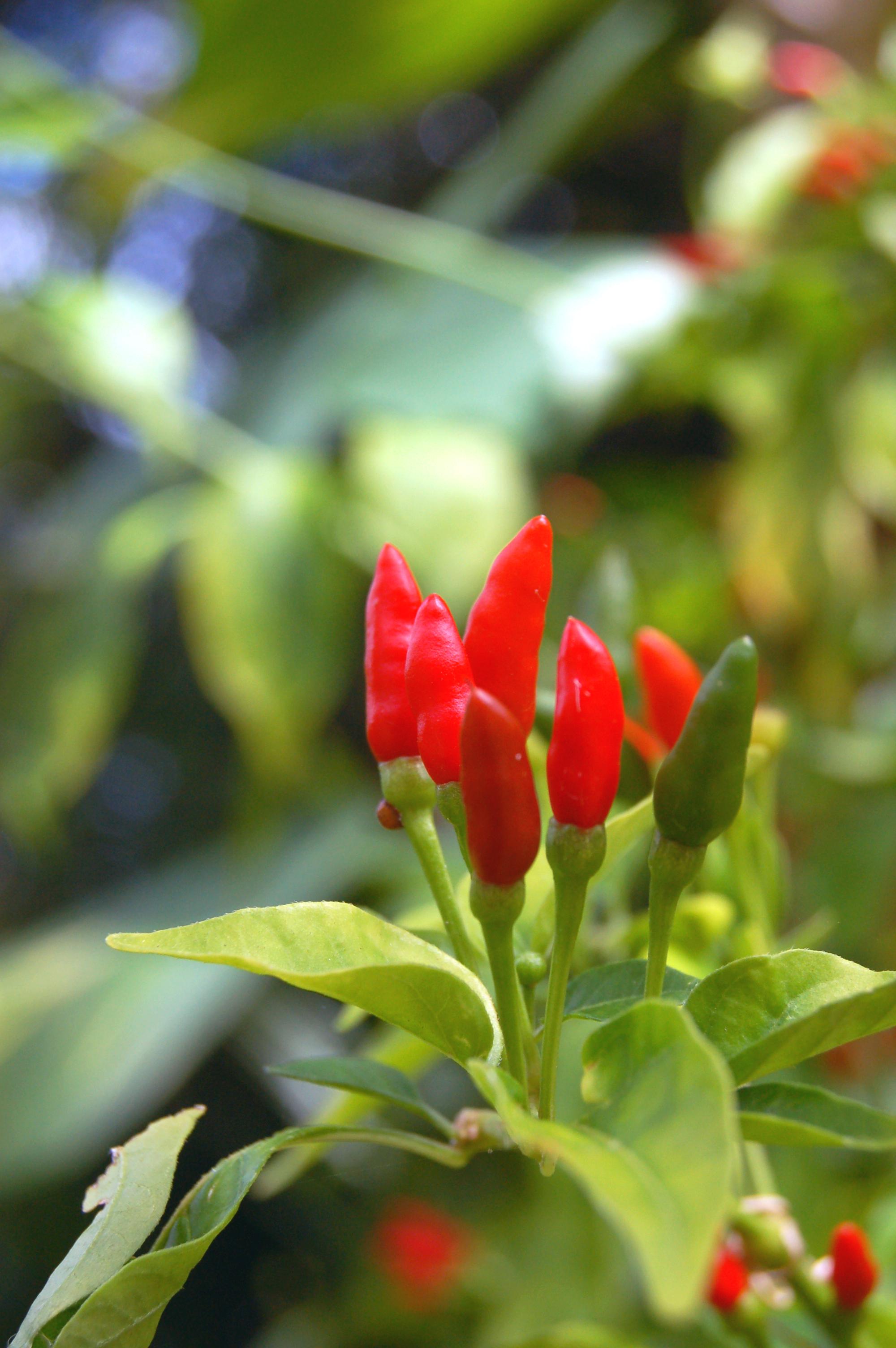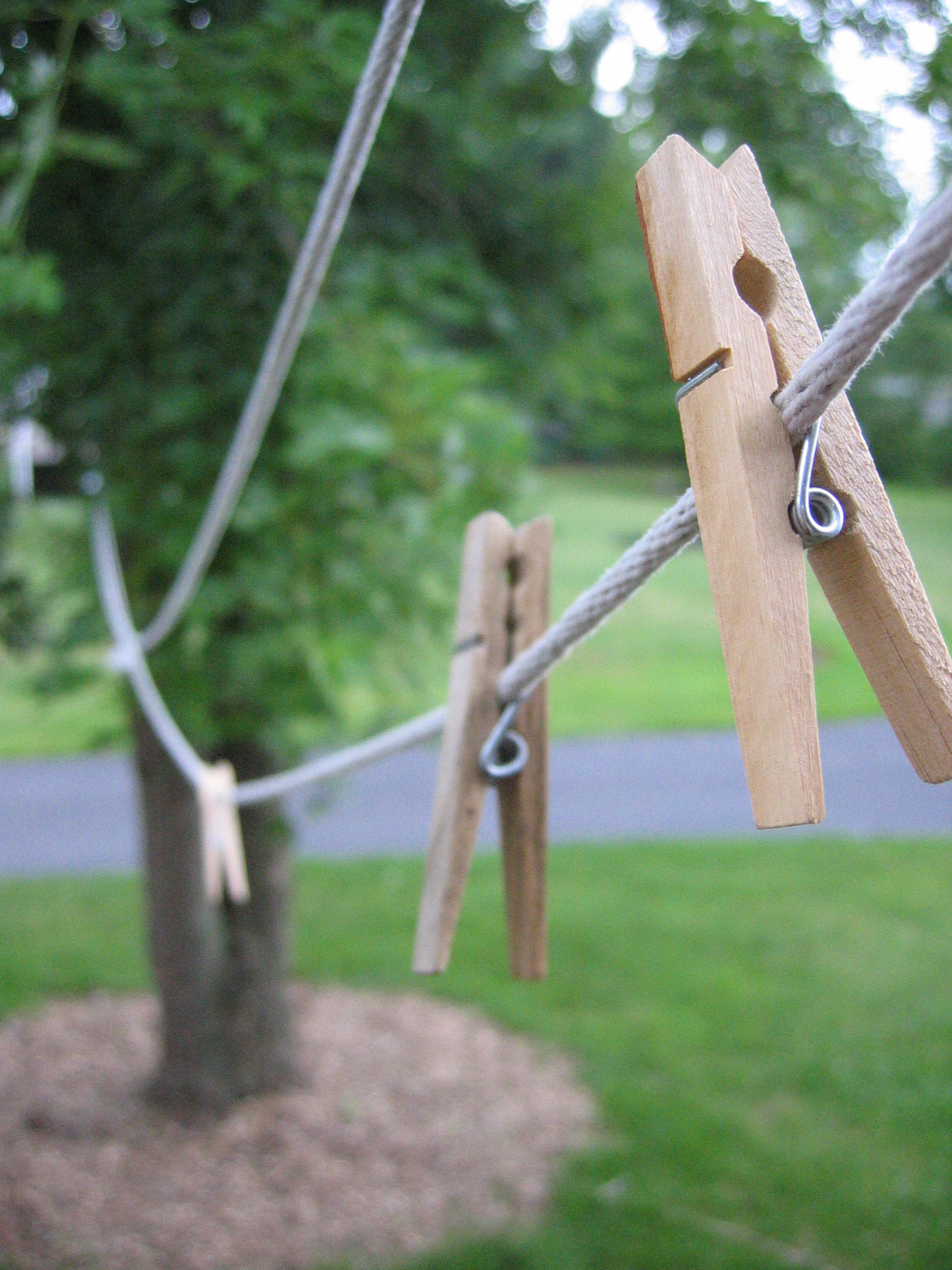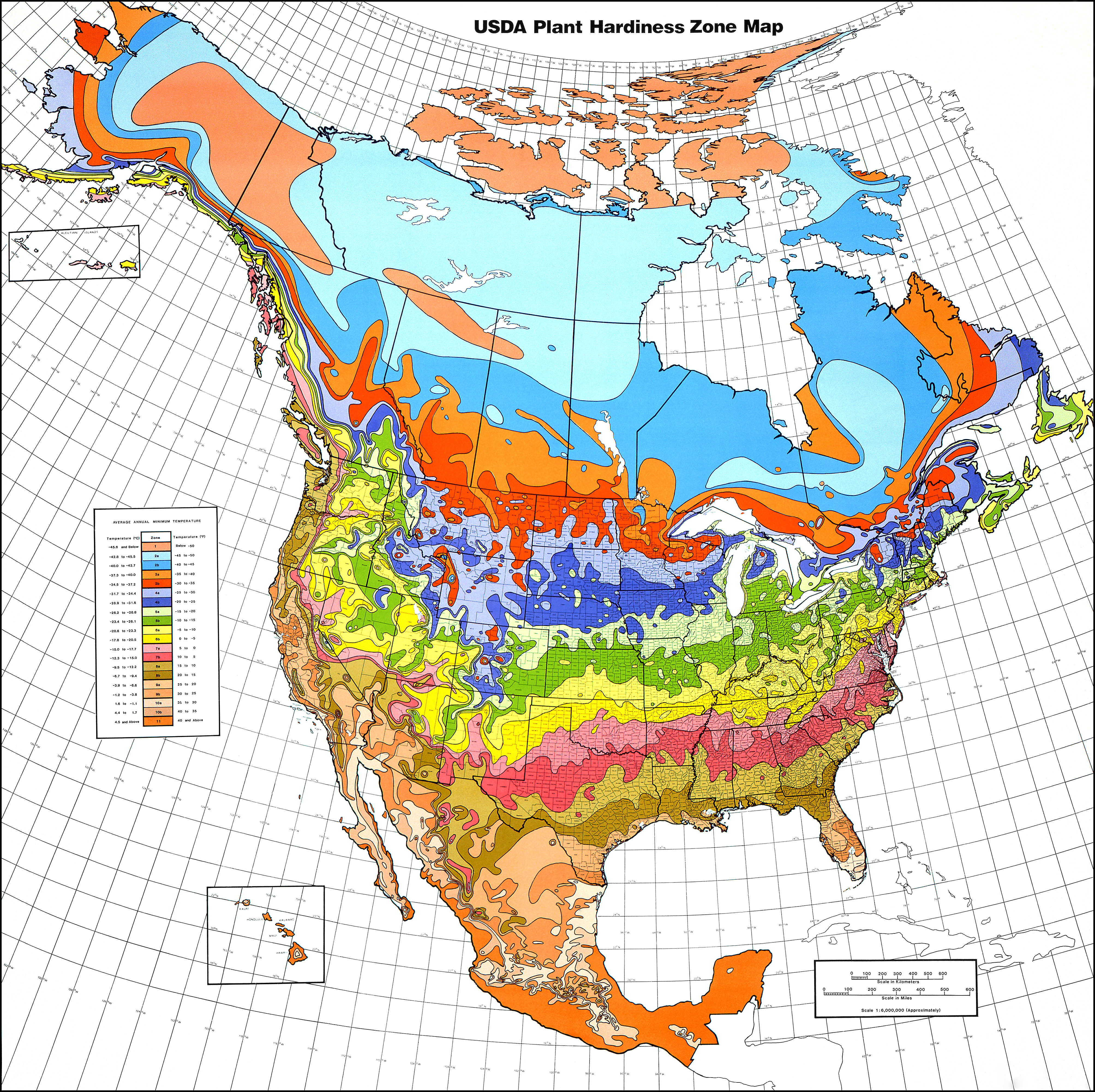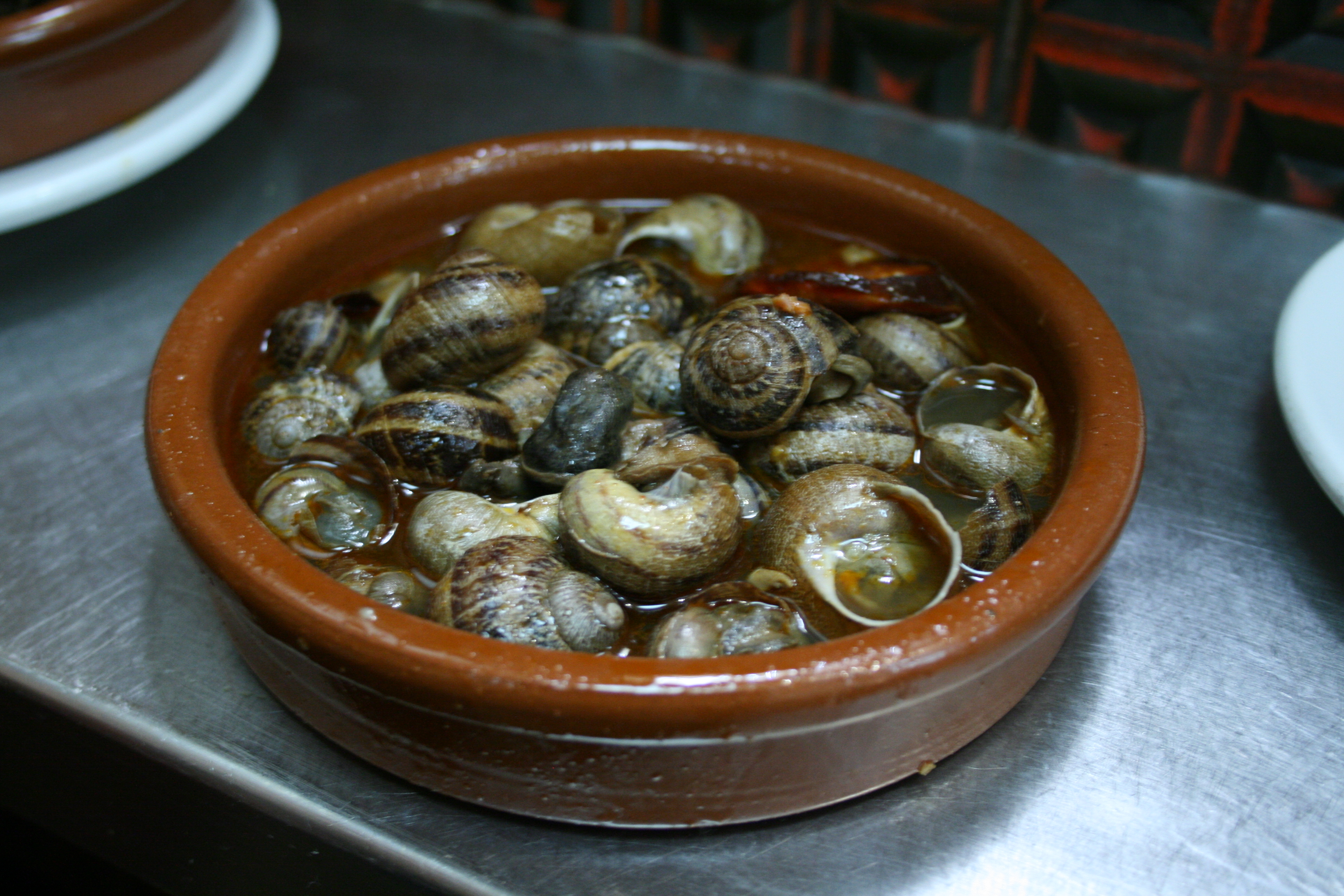
I learned something pretty fascinating on Nova's "Becoming Human" series. You can watch it for free
here.*
Many hypotheses have been suggested to explain how our species (
H. sapiens) replaced neanderthals (our sister species,
H. neanderthalensis) -
e.g. we killed/out-competed them because we're just so smart and have such amazing technology and rich social lives. The scientists interviewed by Nova also put forth an idea I hadn't heard before that is both less self-serving and more interesting -
we may have driven the neanderthals to extinction with our omnivory.**
According to the interviewed scientists,
neanderthals were carnivores, adapted to hunt big game with handheld spears in social bands (possibly with effective language). In addition to oft-cited human technological skills (
e.g. a handful of javelins is much safer and more efficient than a spear) and social skills (
e.g. sophisticated language), humans had skinny bodies that required far less food. It's been estimated that the heavy stature, large brains and cold environment of neanderthals likely required 5,000 calories a day!
I would imagine that an incredibly effective way to drive a specialist animal (like neanderthal) to extinction would be to introduce a similar, generalist species (humans) that could eat just about anything - but preferred the same food the specialist ate.
Neanderthals (like wolves) would have been forced to follow migrating game. The additional pressure of climate change (
e.g. repetitive ice ages) would affect the abundance and distribution of prey species dramatically. Normally, it should be fairly simple for a predator to follow changing game distributions around a small continent, but humans could upset this balance.
Picture a small, warm valley in Northern Europe that supported enough deer, wild cattle and sheep to support a band of neanderthals. If they reproduced too much (or another band of neanderthals moved in), the now-unsustainable harvest of prey would force them to disperse to better hunting grounds, and in time, with relaxed predation, the prey would likely repopulate the valley.
But if a band of humans moved in, they may not only help over-harvest the big game, but also refuse to leave when the game ran out. Maybe there's still good year-round living to be made on rabbits, seeds, fish, grubs and berries. And while they're out gathering, they'd certainly help themselves to any of the (now rare) big game that they came across.
While neanderthals were wandering around Europe, becoming increasingly desperate, humans may have been getting fat and having babies.
It also was pretty interesting to hear how climate change in general seemed to shape our species and how our culture and technology radically changed our relationship with our environment. I thought it was pretty fascinating to hear that
megafauna extinction was correlated with date of first human arrival. Large African animals weren't driven to extinction because they co-evolved with humans and only a few large European and Middle Eastern animals (
e.g. neanderthals) were driven to extinction since they first ran into us relatively early. Large animals in North America and Australia were discovered suddenly by extremely modern humans and were apparently wiped out accordingly.
Finally, it occurred to me that almost all the animals that we routinely compare ourselves to (
e.g. most medical research animals and livestock) share something in common that's different from us - they're all adapted to temperate and Mediterranean climates. Humans, on the other hand, are a tropical species. The Nova series also touched on a unique human adaptation that would surprise many of us.
Humans are one of the only species on the planet capable of being active in extreme heat. Most animals are forced to rest to try to stay cool during hot, 100+ degree days. Although it's very uncomfortable and we use up a tremendous amount of water in the process, we're perfectly capable of remaining active.
This is seen in the practice of
persistence hunting, which has been proposed to have been practiced by our ancestors in Africa and still occurs today. This strategy simply involves walking up to some large animal (like a big antelope) during the hottest part of a tropical summer day, and then tracking it after it runs away. The hunters repeatedly catch up to and scare off their prey
(which, by the way, amounts to
running a marathon under a 100+ degree sun). The prey never has a chance to rest long enough to cool off and eventually becomes incapacitated by overheating and is easily killed. Appropriately, humans are also adapted to
long-distance running. I suppose any of us
could still train to do this, though our light
color phase individuals would get a bit of a sunburn...
The interviewed scientists also emphasized that while humans have existed for a relatively short time compared to other
Homo species, our species appears to be uniquely flexible and adaptable. I wonder if this extends to our diet? I seem to remember hearing about a Pacific Northwest Native American group subsisting almost exclusively on mussels, and didn't the Mongols create one of history's greatest empires mostly on meat, milk and blood? Not to mention the heavily industrialized foods that many of us consume today. It kinda seems to me that humans can thrive on pretty much whatever food's available (not that all contribute equally to a long, enjoyable life!).
Think of our omnivory when you eat this week.
Happy Thanksgiving!
*Thanks for the open access, Nova!
**I'm in no way a paleontologist, so feel free to point out any errors
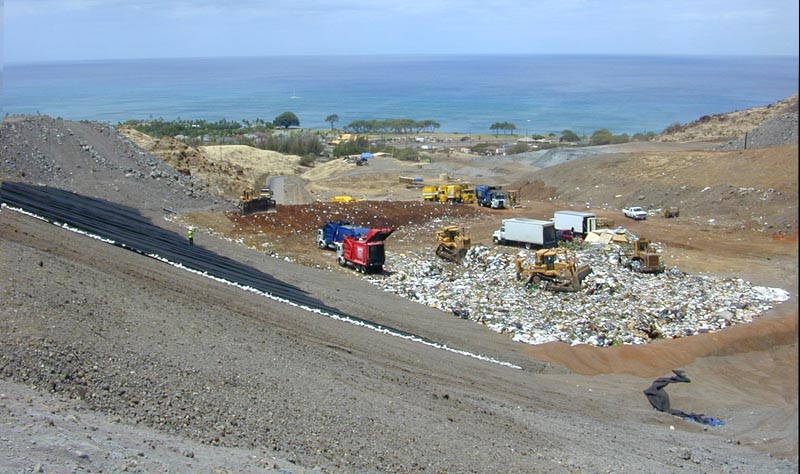 I saw a lot of good money spent on "biodegradable" cups, plates and trash bags this past week.
I saw a lot of good money spent on "biodegradable" cups, plates and trash bags this past week.
